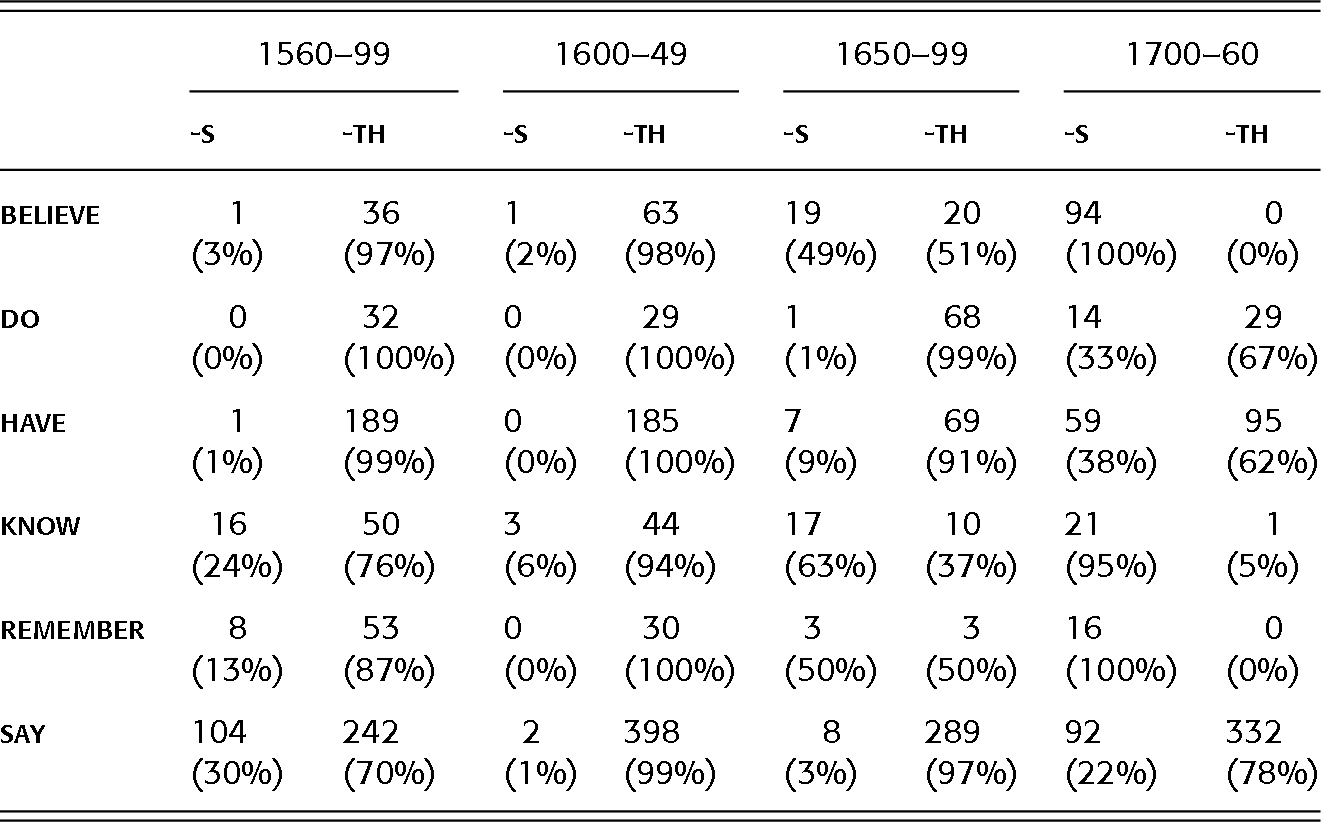The Critical Reading section will test your ability to recognize words in context, so knowing as many of these words as possible in advance is a great way to increase your score. We’ve made a list of the 100 most common SAT words to improve your vocabulary skills and raise your overall SAT score. A word map is a strategy to help learners learn new vocabulary word. There are many different variations of how to use this strategy. One way is to use the four-corner vocabulary chart, and with this method students write the definition, use it in a sentence, they draw picture of the word, and write the word in the corner.
In etymology, back-formation is the process of creating a new lexeme by removing actual or supposed affixes.[1] The resulting neologism is called a back-formation, a term coined by James Murray[2] in 1889. (OED online preserves its first use of 'back-formation' from 1889 in the definition of to burgle; from burglar.)[3]
For example, the noun resurrection was borrowed from Latin, and the verb resurrect was then back-formed hundreds of years later from it by removing the -ion suffix. This segmentation of resurrection into resurrect + ion was possible because English had examples of Latinate words in the form of verb and verb+-ion pairs, such as opine/opinion. These became the pattern for many more such pairs, where a verb derived from a Latin supine stem and a noun ending in ion entered the language together, such as insert/insertion, project/projection, etc.
Similar phenomena[edit]
Back-formation may be similar to the reanalyses or folk etymologies when it rests on an erroneous understanding of the morphology of the longer word. For example, the singular noun asset is a back-formation from the plural assets. However, assets was not originally a plural; it is a loanword from Anglo-Normanasetz (modern French assez). The -s was reanalyzed as a plural suffix.
Back-formation is different from clipping – back-formation may change the word's class or meaning, whereas clipping creates shortened words from longer words, but does not change the class or meaning of the word.
Words can sometimes acquire new lexical categories without any derivational change in form (for example, ship was first a noun and later was used as a verb). That process is called conversion (or zero-derivation). Like back-formation, it can produce a new noun or a new verb, but it involves no back-forming.
In English[edit]
Back-formation may be particularly common in English given that many English words are borrowed from Latin, French and Greek, which together provide English a large range of common affixes. Many words with affixes have entered English, such as dismantle and dishevelled, so it may be easy to believe that these are formed from roots such as mantle (assumed to mean 'to put something together') and shevelled (assumed to mean 'well-dressed'), although these words have no history of existing in English.
Many words came into English by this route: pease was once a mass noun (as in 'pease pudding'), but was reinterpreted as a plural, leading to the back-formation pea. The noun statistic was likewise a back-formation from the field of study statistics. In Britain, the verb burgle came into use in the nineteenth century as a back-formation from burglar (which can be compared to the North American verb burglarize formed by suffixation).
Other examples are
- Noun 'taxon', a unit of classification in taxonomy, derived from Greektaxis (arrangement)+nomia 'distribution'
- Singular 'sastruga', plural 'sastrugi' (from Russian): new Latin-type singular 'sastrugus' has been used sometimes
- Singular 'syringe', from plural 'syringes'; the original Greek singular is syrinx
- Singular tamale, from the plural tamales; the original Spanish singular is tamal.
- Verb 'edit' from editor
- Verbs 'euthanase' or 'euthanize' from the noun euthanasia.
The verb translate is a back-formation from translation, which is from Latin trāns + lāt- + -tio. Lāt- is from the very irregular (suppletive) verb ferō 'to carry.' Trānslāt- in Latin was merely a semi-adjectival form of trānsferō meaning '[something] having been carried across [into a new language]' (cf. transfer). The result of the action trānsferō textum 'to translate a text' was a textus trānslātus 'a text that has been translated.' Thus the verb in English is really from a (semi-)adjectival form in Latin.
Even though many English words are formed this way, new coinages may sound strange, and are often used for humorous effect. For example, gruntled (from disgruntled) is used only in humorous contexts, as when P. G. Wodehouse wrote, 'I could see that, if not actually disgruntled, he was far from being gruntled', or the character Turk in the American sitcom Scrubs told another character, 'I don't disdain you! It's quite the opposite – I dain you.'[4] As it happens, gruntle and dain are both attested much earlier, but not as antonyms of the longer forms.[5]
Back-formations frequently begin in colloquial use and only gradually become accepted. For example, enthuse (from enthusiasm) is gaining popularity, though today it is still generally considered nonstandard.[6]
The immense celebrations in Britain at the news of the relief of the Siege of Mafeking briefly created the verb to maffick, meaning to celebrate both extravagantly and publicly. 'Maffick' is a back-formation from Mafeking, a place-name that was treated humorously as a gerund or participle. There are many other examples of back-formations in the English language.
Place names[edit]
As English place names are often British, and hence the study of Celtic scholars, back-formations have occurred in many ways over the centuries owing to English-speaking interpretations. For example, the River Chelmer in Essex is named after the town of Chelmsford (Chelmeresford) which is derived from the Saxon personal name Cēolmǣr.[7]

In other languages[edit]
Israeli Hebrew[edit]
Back-formation in Israeli Hebrew often violates the prescriptive rules of the Academy of the Hebrew Language.[8] For example:
- משאבּ masháb 'resource' (prescriptive form: משאב mash'áv) is a back-formation from the plural form משאבּים mashabím.[8]
- עקרבּ akráb 'scorpion' (prescriptive form: עקרב ‘aqráv) is a back-formation from the plural form עקרבּים akrabím.[8]
See also[edit]

- Rebracketing or juncture loss
References[edit]
- ^Crystal, David. A Dictionary of Linguistics and Phonetics, Sixth Edition, Blackwell Publishers, 2008.
- ^Booty, O.A. (24 August 2002). Funny Side of English. Pustak Mahal. ISBN9788122307993. Retrieved 8 April 2018 – via Google Books.
- ^'Oxford Dictionaries Definition of burgle in English'. Oxford Dictionaries Online. Oxford University Press. Retrieved 20 April 2017.
- ^'Archived copy'. Archived from the original on 2009-12-18. Retrieved 2009-08-13.CS1 maint: archived copy as title (link)
- ^Brown, Lesley (1993). The New Shorter Oxford English Dictionary on Historical Principles. Oxford: Clarendon. ISBN0-19-861271-0.
- ^See 'Discussion of enthuse,' https://www.merriam-webster.com/dictionary/enthuse
- ^Eilert Ekwall (1928). English River Names. OUP. p. xli.
- ^ abcSee p. 56 in Ghil'ad Zuckermann (2020), Revivalistics: From the Genesis of Israeli to Language Reclamation in Australia and Beyond, Oxford University PressISBN9780199812790 / ISBN9780199812776.
In linguistics, clipping is the word formation process which consists in the reduction of a word to one of its parts (Marchand: 1969). Clipping is also known as 'truncation' or 'shortening'.[1]

According to Marchand (1969),[2] clippings are not coined as words belonging to the standard vocabulary of a language. They originate as terms of a special group like schools, army, police, the medical profession, etc., in the intimacy of a milieu where a hint is sufficient to indicate the whole. For example, exam(ination), math(ematics), and lab(oratory) originated in school slang; spec(ulation) and in stock-exchange slang; and vet(eran) and cap(tain) in army slang. Clipped forms can pass into common usage when they are widely useful, becoming part of standard English, which most speakers would agree has happened with math/maths, lab, exam, phone (from telephone), fridge (from refrigerator), and various others. When their usefulness is limited to narrower contexts, such as with tick in stock-exchange slang, they remain outside standard register. Many, such as mani and pedi for manicure and pedicure or mic/mike for microphone, occupy a middle ground in which their appropriate register is a subjective judgment, but succeeding decades tend to see them become more widely used.
Clipping is different from back-formation[3] – back-formation may change the part of speech or the word's meaning, whereas clipping creates shortened words from longer words, but does not change the part of speech or the meaning of the word.
According to Irina Arnold [ru] (1986),[4] clipping mainly consists of the following types:
- Initial clipping
- Final clipping
- Medial clipping
- Complex clipping
Final clipping, or apocope[edit]
In a final clipping, the most common type in English, the beginning of the prototype is retained. The unclipped original may be either a simple or a composite. Examples include ad (advertisement), cable (cablegram), doc (doctor), exam (examination), fax (facsimile), gas (gasoline), gym (gymnastics, gymnasium), memo (memorandum), mutt (muttonhead), pub (public house), pop (popular music), and clit (clitoris).[5]:109 An example of apocope in Israeli Hebrew is the word lehit, which derives from להתראות lehitraot, meaning 'see you, goodbye'.[5]:155
Initial clipping, apheresis, or procope[edit]

Initial (or fore) clipping retains the final part of the word. Examples: bot (robot), chute (parachute), roach (cockroach), gator (alligator), phone (telephone), pike (turnpike), varsity (university), net (Internet).
Final and initial clipping may be combined and result in curtailed words with the middle part of the prototype retained, which is the stressed syllable. Examples: flu (influenza), frig or fridge (refrigerator), jams or jammies (pajamas/pyjamas), polly (apollinaris), rona (coronavirus), shrink (head-shrinker), tec (detective).
Clipped Word Examples
Medial clipping, or syncope[edit]
Words with the middle part of the word left out are equally few. They may be further subdivided into two groups: (a) words with a final-clipped stem retaining the functional morpheme: maths (mathematics), specs (spectacles); (b) contractions due to a gradual process of elision under the influence of rhythm and context. Thus, fancy (fantasy), ma'am (madam), and fo'c'sle may be regarded as accelerated forms.
Complex clipping[edit]
Clipped forms are also used in compounds. One part of the original compound most often remains intact. Examples are: cablegram (cable telegram), op art (optical art), org-man (organization man), linocut (linoleum cut). Sometimes both halves of a compound are clipped as in navicert (navigation certificate). In these cases it is difficult to know whether the resultant formation should be treated as a clipping or as a blend, for the border between the two types is not always clear. According to Bauer (1983),[6] the easiest way to draw the distinction is to say that those forms which retain compound stress are clipped compounds, whereas those that take simple word stress are not. By this criterion bodbiz, Chicom, Comsymp, Intelsat, midcult, pro-am, photo op, sci-fi, and sitcom are all compounds made of clippings.
See also[edit]

References[edit]
- ^'Shortenings'. Oxford Dictionaries Online. Oxford: Oxford University Press. Retrieved 23 November 2010.
- ^Marchand, Hans (1969). The Categories and Types of Present-Day English Word-formation. München: C.H.Beck'sche Verlagsbuchhandlung.
- ^NAGANO, AKIKO (2007). 'Marchand's Analysis of Back-Formation Revisited'(PDF). Acta Linguistica Hungarica. 54 (1): 33–72. doi:10.1556/ALing.54.2007.1.2. ISSN1216-8076. JSTOR26190112.
- ^Arnold, Irina (1986). The English word. Moscow: Высшая школа.
- ^ abZuckermann, Ghil'ad (2003), Language Contact and Lexical Enrichment in Israeli Hebrew. Palgrave Macmillan. ISBN9781403917232 / ISBN9781403938695[1]
- ^Bauer, Laurie (1983). English Word-Formation. Cambridge: Cambridge University Press.
100 Examples Of Clipped Words Examples
